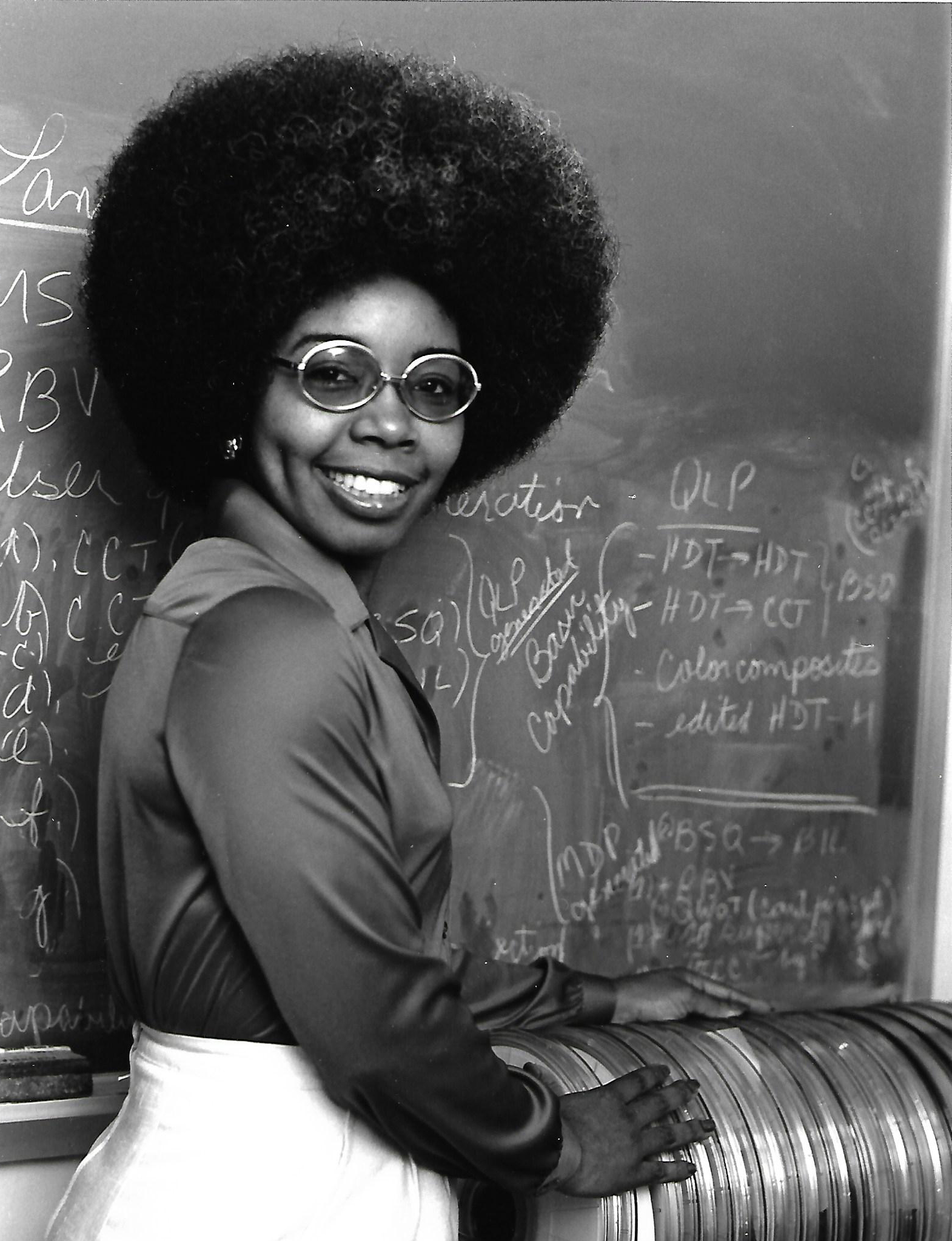Thomas, Valerie (1943-…), is an African American aerospace scientist and inventor. Aerospace is the field of science, technology, and industry dealing with the flight and operation of spacecraft. Thomas made a number of important scientific contributions in her long career at the United States National Aeronautics and Space Administration (NASA) .

Thomas was born on Feb. 1, 1943, in Baltimore, Maryland. She developed an interest in science at an early age. Thomas studied physics at Morgan State College (now Morgan State University), a historically black institution in Baltimore. She graduated from Morgan State in 1964. That same year, Thomas was hired as a data analyst at NASA. She later worked on image-processing systems at NASA and played an important role in the Earth Resources Technology Satellite (ERTS) project begun in 1972. This project, later renamed Landsat, uses a series of artificial satellites to produce detailed images of Earth from space.
In 1978, Thomas invented a device called an illusion transmitter. This instrument uses concave (curved inward) mirrors to produce and transmit two-dimensional images that appear as three-dimensional images. She received a patent for her invention in 1980. Today, NASA uses the illusion transmitter to produce accurate three-dimensional images of Earth and other objects from satellite data. The instrument also has applications in medical imaging and video technology. Thomas also did important work on NASA’s Space Physics Analysis Network (SPAN), a network of computers used by scientists to share information. SPAN formed as an early part of the United States science computer networking system. Elements of this system eventually developed into the internet .
Thomas has received many awards and honors in her career. After serving as associate chief of NASA’s Space Science Data Operations Office, she retired in 1995. In 2004, she earned a Ph.D. degree in education at the University of Delaware. Today, she continues to work as an advocate for improving science education and increasing opportunities for minorities in the sciences.
